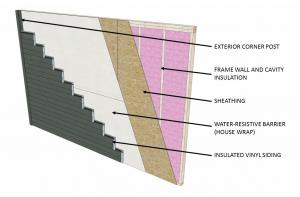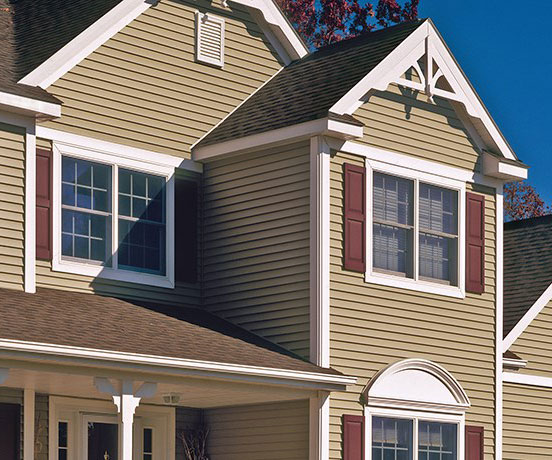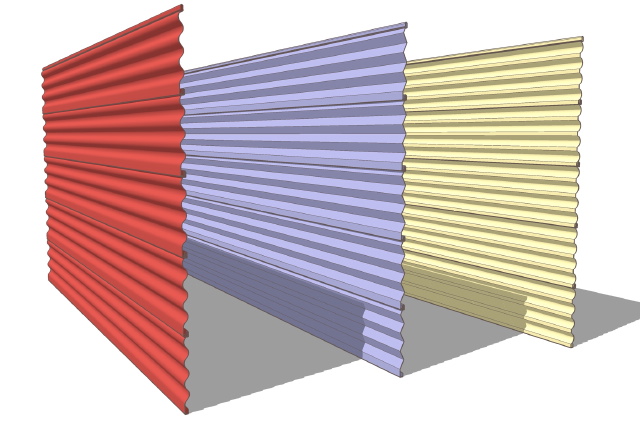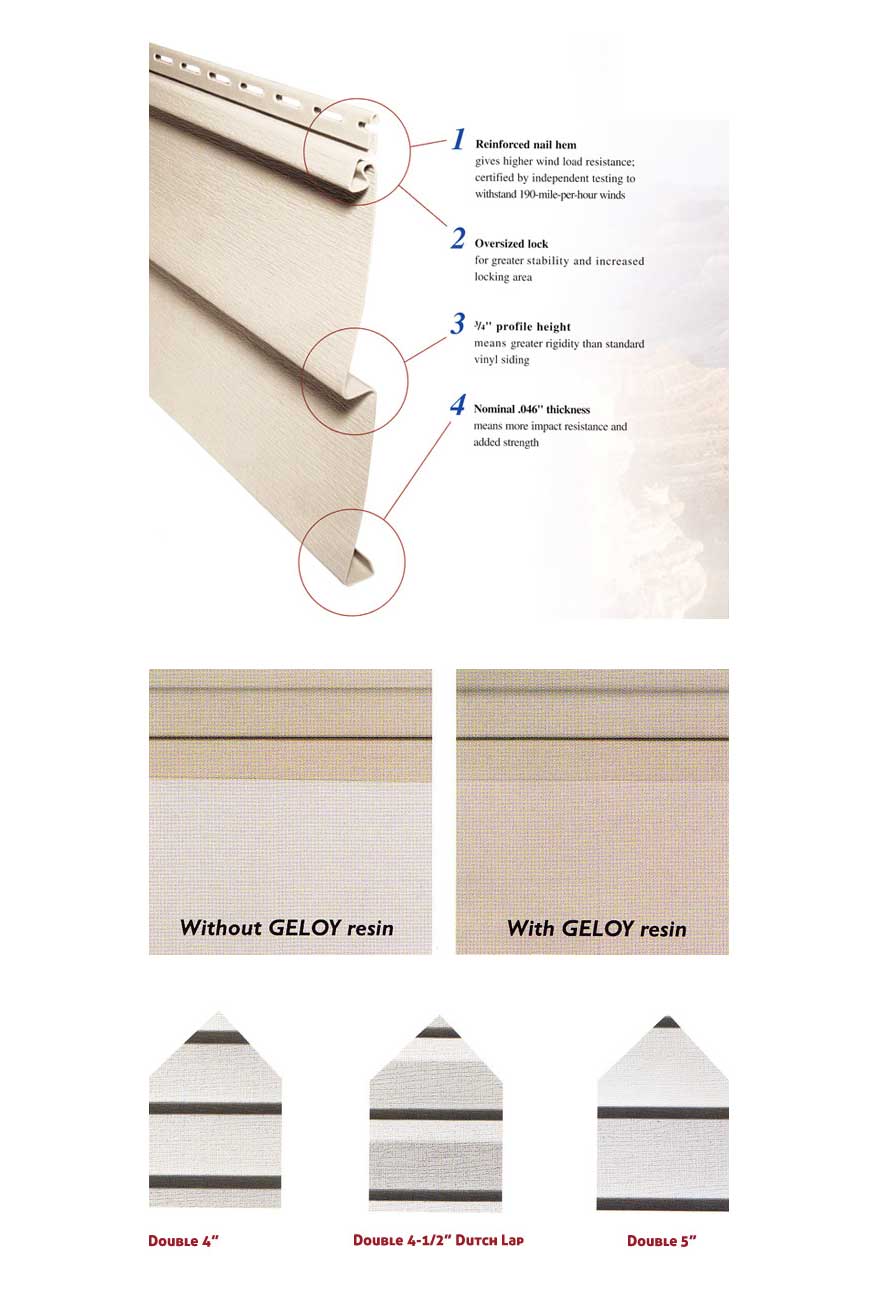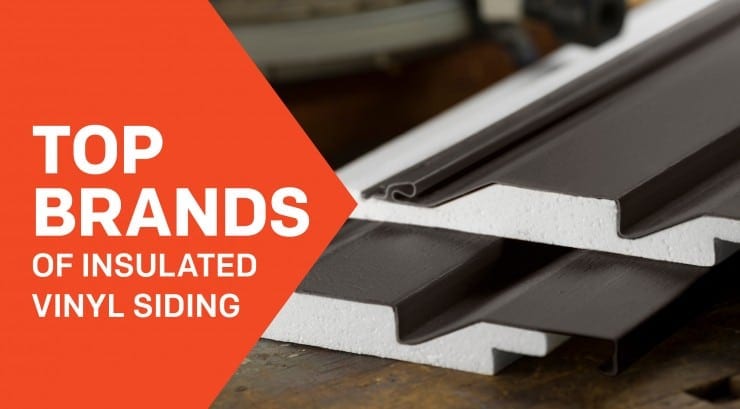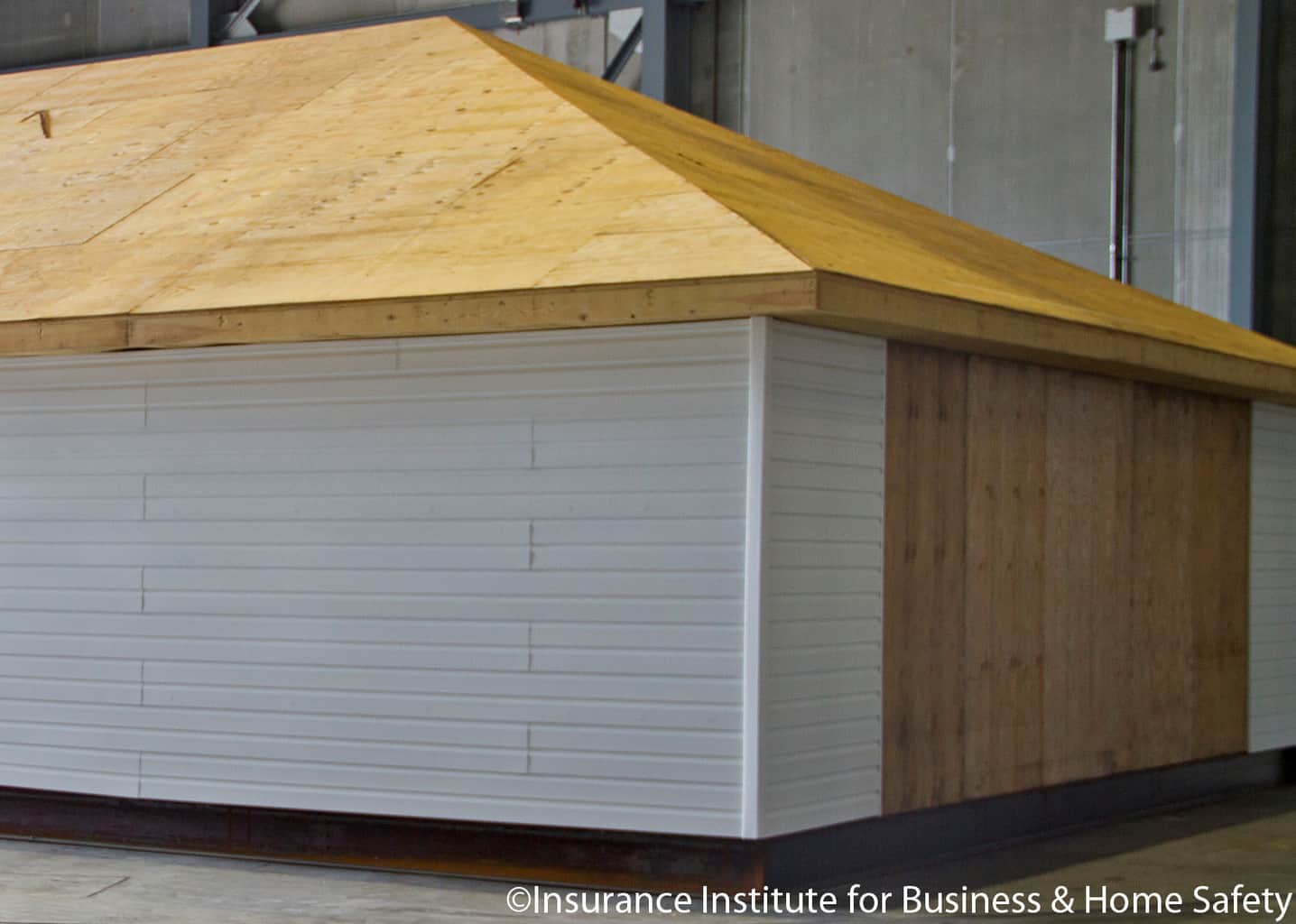Like all building products vinyl siding insulated vinyl siding and polypropylene siding have been tested using astm d5206 to gather data on the maximum pressure to which the product is suited.
Vinyl siding wind load test.
Vinyl siding has also been tested for higher wind pressures and can be used in locations with a higher basic wind speed greater building height more open exposure or some combination of those.
Another component of the vsi certification program is the astm s standard test method for wind load resistance of rigid plastic siding d5206.
Fema reports that vinyl panels can be used on homes located on the coast and in other high wind areas but offer the following recommendations.
Vinyl siding is a popular siding choice for many homeowners across the country but it can crack and tear during high winds.
This typically is intended to represent the effects of wind loads on exterior building surfaces.
This testing results in a standard wind load design pressure rating or the maximum wind pressure the siding is designed to withstand when it is installed using the standard methods described in this manual.
Wind induced damage to multi layer building wall systems such as systems with vinyl siding is common especially in hurricane prone areas.
The astm d3679 standard suggests a pef of 0 36 which means a 64 reduction.
All products exceed industry standards for wind load performance.
Tando s interactive design tools and high definition samples offer an up close and personal look at a wide selection of product textures and colors.
All vinyl siding must pass wind load testing.
Wind load distribution through these multi layered walls and the amount of load reduction due to pressure equalization is expressed through pressure equalization factors pefs.
According to fema vinyl siding should be able to withstand 110 mph winds in addition to heavy rains to be considered storm ready.
Vytec nantucket siding has been tested per astm d 5206 standard test method for wind load resistance to withstand negative wind load pressures and their mph equivalents as shown in the chart below.
While vinyl siding wind pressure ratings found in most product literature are based on tests of the vinyl over an approved sheathing capable of independently resisting the design wind pressures methods of installation that rely on a combination of wind resistance provided by exterior wall sheathing vinyl siding and interior wall sheathing are available for some applications.
5 1 this test method is a standard procedure for determining windload resistance of rigid plastic siding under specified uniform static pressure difference.
Design the house of your dreams.





